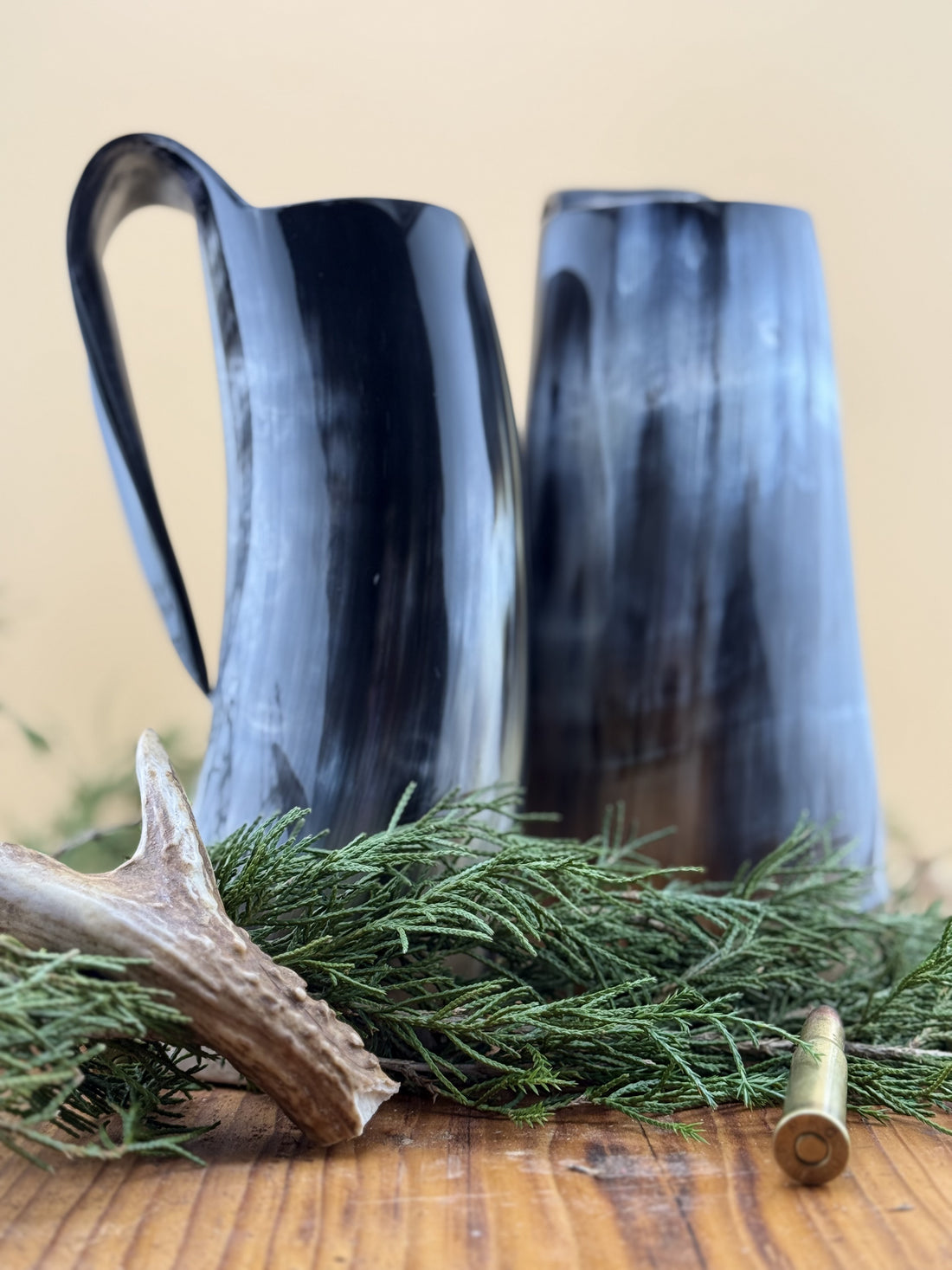Imagine being miles away from civilization with only your knowledge, wits, and a well-crafted knife. For many, this isn't just a fantasy—it's a real exploration or occupational demand. Knives are more than tools; they're a marvel of human ingenuity, a pairing of art and utility honed to enhance our daily activities, from meal preparation in the kitchen to essential survival tasks in the wild. Whether it's slicing vegetables, gutting fish, or cutting through tactical ropes during rescue missions, a versatile blade is indispensable. This blog delves into the artistry and science of crafting these blades, offering insights that help you choose the best fit for your needs.
Craftsmanship has evolved dramatically, yet the core principles of quality knife making remain timeless. A key decision in creating a blade lies in the method of production. Forging, a technique dating back centuries, involves shaping metal using heat and force. This not only ensures durability but also imparts a distinct character to the blade. Conversely, stock removal, a technique where material is removed from a larger piece to form the blade, allows for precision and uniformity in mass production. Each method carries its advantages, making it vital to select based on the intended use.
The selection of steel is paramount, dictating the blade's performance and longevity. High carbon steels, though requiring regular maintenance to prevent rust, offer excellent edge retention and toughness—qualities appreciated in high-demand situations like bushcraft or hunting. Stainless steels, on the other hand, provide resistance to corrosion, making them favored choices for kitchen environments and fishing expeditions.
Beyond the blade, the handle of a knife is crucial for operational comfort and safety. Ergonomically designed handles reduce user fatigue, enhance grip, and provide balance, ensuring maximum control during use. Materials range from natural woods which offer warmth and style, to synthetics like G-10 or Micarta, known for their resilience and grip even under adverse conditions.
Understanding the purpose of your knife is essential in making an informed decision. Kitchen knives prioritize sharpness and balance to deliver precise cuts, essential for culinary excellence. Bushcraft knives, designed for survival tasks, demand robustness and longevity. Hunting knives focus on field dressing accuracy and efficiency, whereas tactical knives for first responders often feature rapid deployment and multi-functionality.
Knife safety and maintenance can't be overstated. Proper storage, regular sharpening, and immediate cleaning after use can dramatically extend the life of your blade. Tools like whetstones and honing rods are invaluable in maintaining a keen edge, essential for safety and performance.
When purchasing, consider what common pitfalls to avoid, such as overlooking the knife's balance or choosing overly elaborate designs that compromise functionality. Buying from reputable sources, whether bespoke artisans or well-regarded brands, ensures craftsmanship you can rely on.
In conclusion, a knife tailored to its user's needs is more than just a purchase; it's an investment in reliability and efficiency. Ready to find your perfect match? Explore our meticulously curated range of blades, handles, and sharpening tools to experience the intersection of tradition and innovation. Whether you're a professional chef, an outdoor enthusiast, or a first responder, our collection is crafted to enhance your capabilities. Visit our store to secure your next indispensable tool, and feel free to share your experiences or queries with our community. Let's sharpen your edge together!

